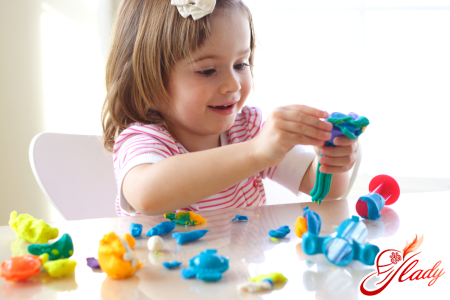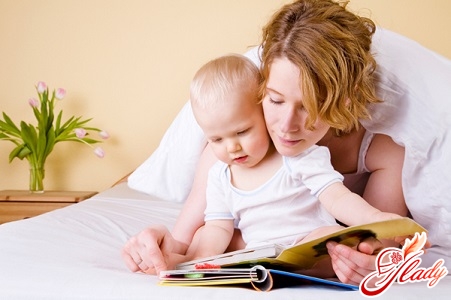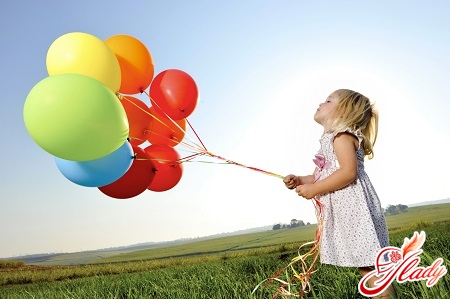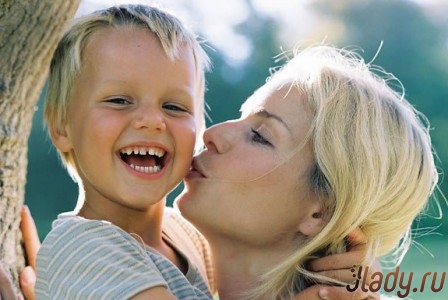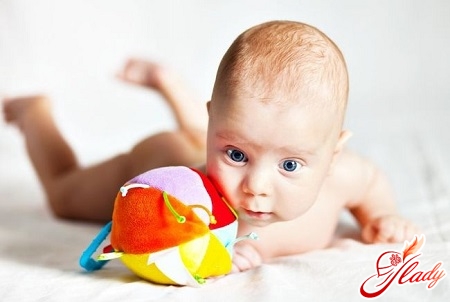
When the baby is two months old, the mother is already quiteunderstands his child: why the baby cries, what he wants to convey with a squeak or when he kicks his legs; what he does if he is cold or hot; knows how he asks for food. The baby himself is already quite adapted to the world around him; he gradually masters the main universal means of communication - a smile; now the little one happily gives it to mom and dad; in it - trust and joy to see his beloved parents. Crying remains a means of communication at two months, but now it has a social meaning (asks to be picked up and shown the world or played with). When the baby is in a good mood, he practices the mastery of vowel sounds, listens attentively to himself and freezes to repeat again from the beginning unusual combinations: a-o-u, e-a-o. This is the precursor to the formation of words. To speed up the baby's development, repeat syllables with him, cooing dialogue trains his articulatory and speech apparatus. The second month of a child's life is the time when his vision improves; the gaze becomes focused; the baby can already follow an object and, concentrating, not lose sight of it when it suddenly stops. Your child's favorite thing to do during this period is to look at all sorts of objects located half a meter away from him; make your child's leisure more interesting, hang rattles and toys over the crib. At 2 months, hand-eye coordination also begins to form; the child tries to grab everything that is a meter away from him; the fingers are still clenched into a fist almost all the time (that's why the baby just drums on things), and if one suddenly bends back, it immediately reaches for the mouth. Now let's list what the baby can do by his second little birthday:
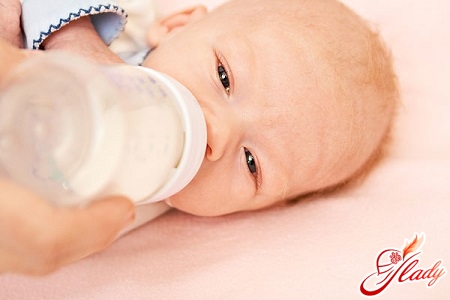
In 2 months we try everything on taste
Does your baby put everything he sees in his mouth?This is understandable. This way of learning about the world around you is familiar to the baby from the womb; don’t worry, its saliva is so saturated with enzymes that the baby is safe. Of course, mommy still needs to regularly take care of the cleanliness of the house. The baby’s development is going well, and now he is beginning to understand the difference between mommy’s breast and a blanket. When the baby is hungry, he will realize that he needs mommy or a bottle, and he will never agree to anything else. At 2 months, when the baby is not sleeping, he is doing something almost all the time, but he does not always manage to control his movements; his head tilts to one side or the other, his arms fly up, and his back arches. The baby’s favorite sleeping position is the fencer’s pose; if you put him on his side, he will be able to roll over onto his back himself, and if on his tummy, he will roll over onto his stomach. will try to lift his head (usually by the eighth week of life the baby can already hold it for about 10 seconds). When tired, the baby closes his eyes and turns to where there are no "irritants" for him.
Tactile sensations and self-massage
You have already mastered the usual massage and have done it2 weeks - it's time to introduce your baby to new tactile sensations! For this you will need rolling objects: pencils, nuts, small balls, smooth sticks. If your "unit" is small, then stroke its entire body, but if it is large - only the back. It is also useful to organize conditions for the child to "self-massage". Spread a diaper on the table and pour cereal, put the baby on it. If the baby is very active, then change the position - lying on his back, he will not be able to put the grains in his nose or mouth. The child, crawling on the cereal, will receive new tactile sensations; at the same time, you can diversify them by changing the "filler" (you can start with millet, continue with buckwheat, rice, round peas, beans). The duration of the session is short, the baby should not get tired and feel discomfort. If suddenly the child's arms and legs have lost tone and he actively moves them, make him dumbbells (tiny, children's) for better muscle development. To do this, pour a little water into small bottles (for example, from "Actimel" or "Rastishka"), close them well, and then attach them to the child's arms or legs - this way he will practice lifting weights; when the initial weight is mastered, add a little more water (and so on up to half the capacity).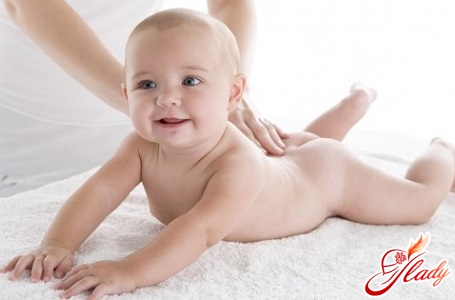
Development of baby fingers
At 2 months, it's time for children to train their fingers(impact on active points associated with the brain will accelerate its development). After the eighth week of life, the child's tactile analyzer center of the cerebral hemispheres is "switched on". Exercise with babies using the grasping reflex. Here is one of the exercises: put a ball (diameter - from 2 cm, by the way, you can make things with your own hands from fabric and threads) in an open palm, achieving a reflex grasp. Similar exercises can be done with sticks (the ideal cross-section diameter is 1.5 cm, and the length is about 25 cm). You can use round, ribbed and smooth elements; it is good to give the baby inserts, small rollers made of oilcloth, calico and terry cloth; they stimulate hand movement (squeezing and grasping), develop palm sensitivity. The exercises described are passive, but despite this, the child’s development will be incomplete without them.
Development of auditory activity
At 2 months you can start doing exercises forhearing development. For the game "Where is it ringing?" you will need a bell 7 cm high. Place the child on his back, holding the bell out of the baby's field of vision, and ring it quietly; having made three bells, let the baby understand where the sound is; repeat the manipulations, getting closer to the child. It is recommended to conduct classes 2 times a day for a month.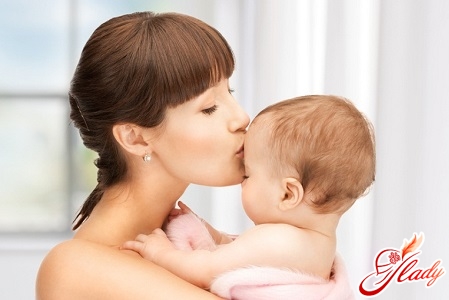
A few more exercises
The child's development will proceed faster if you start doing the following manipulations at 2 months of his life:
The child's development does not stand still!The baby is already eight weeks old, and his wandering sleepy gaze has changed to a conscious one, and smoothness has begun to appear in his movements (actions are no longer as chaotic as before). Your child is growing, and this is only a small list of his achievements. Do not think that your child is too small, study with him, play, do simple exercises. Child development at 2 months: games and exercises




